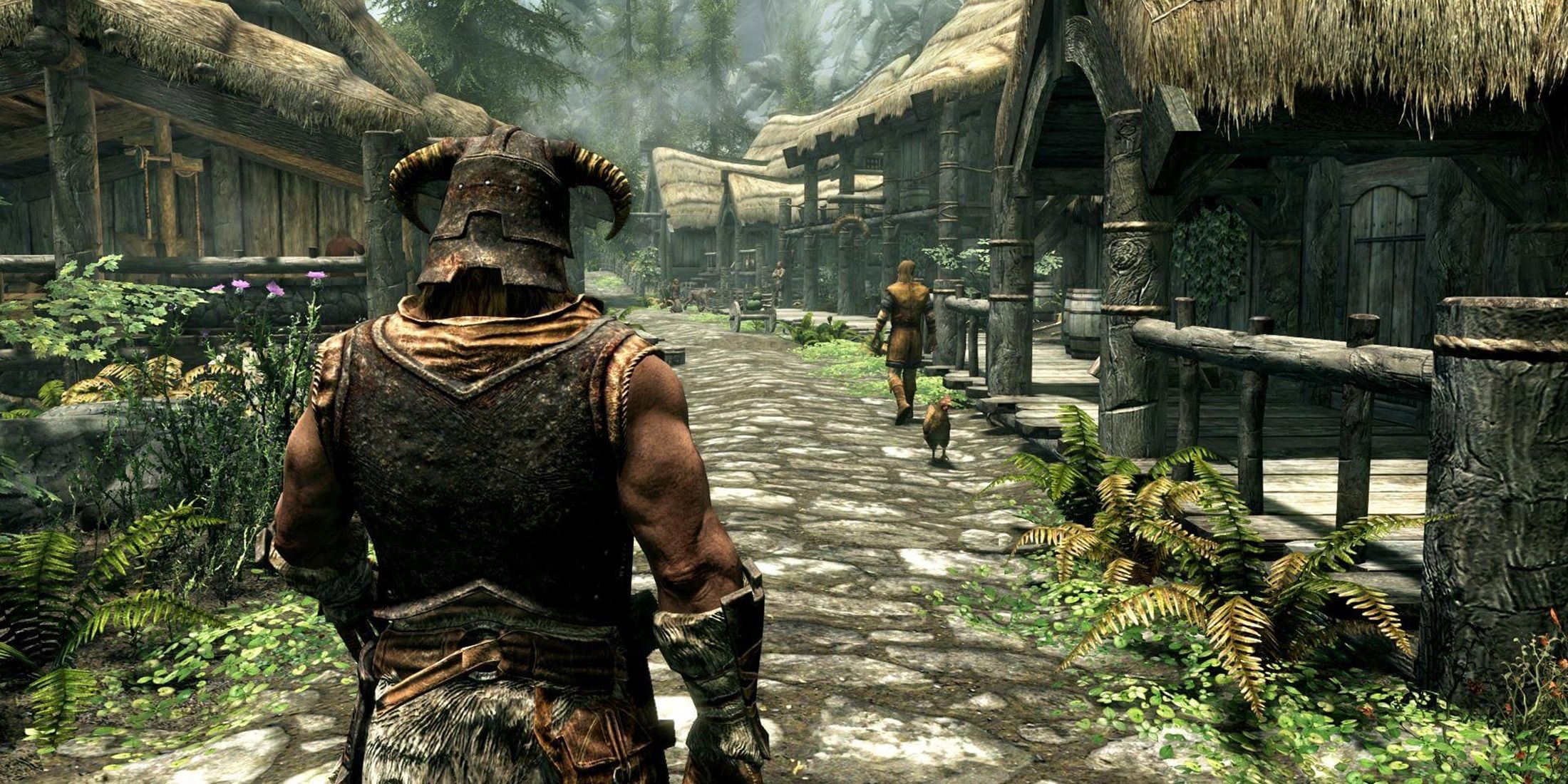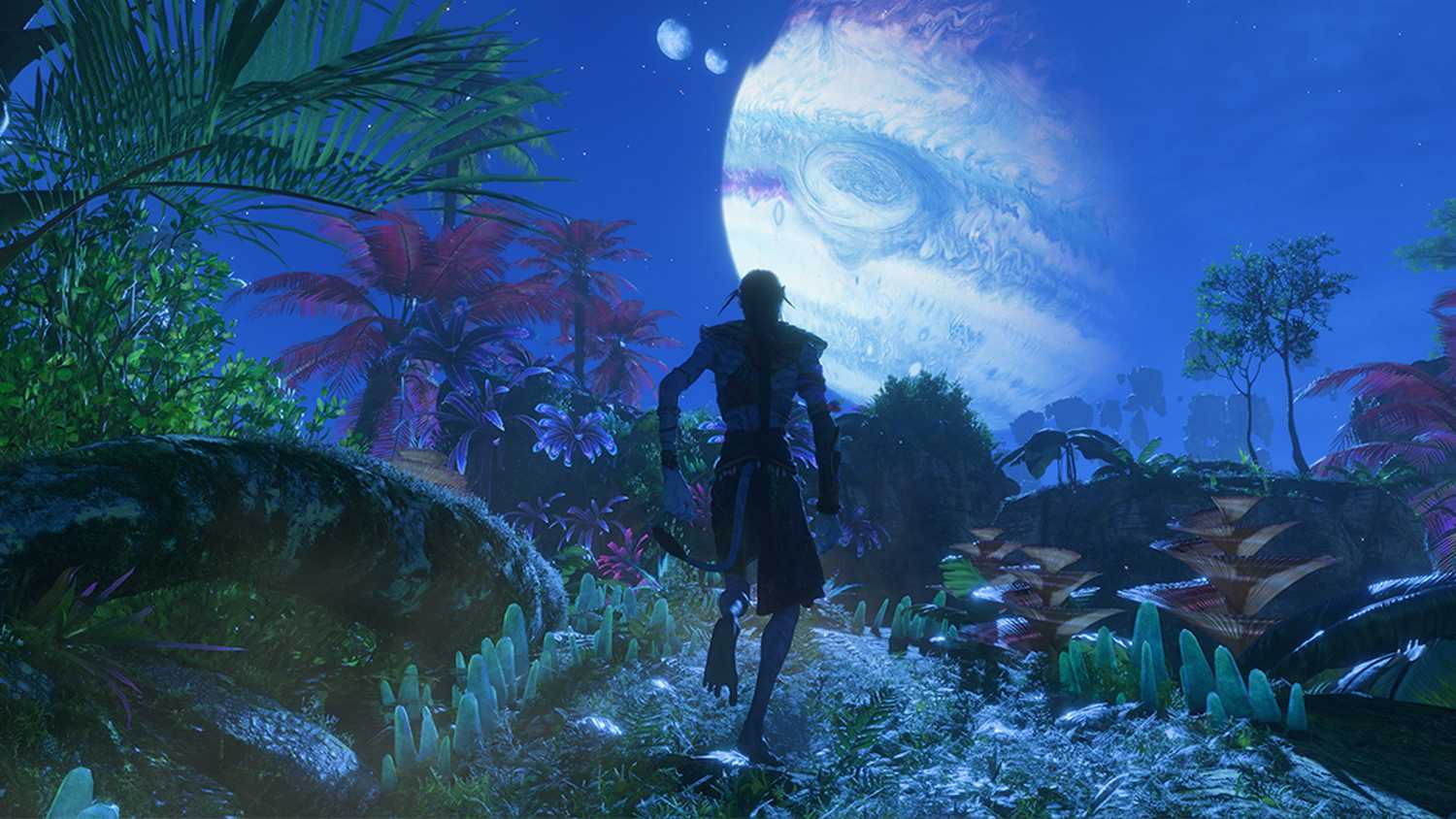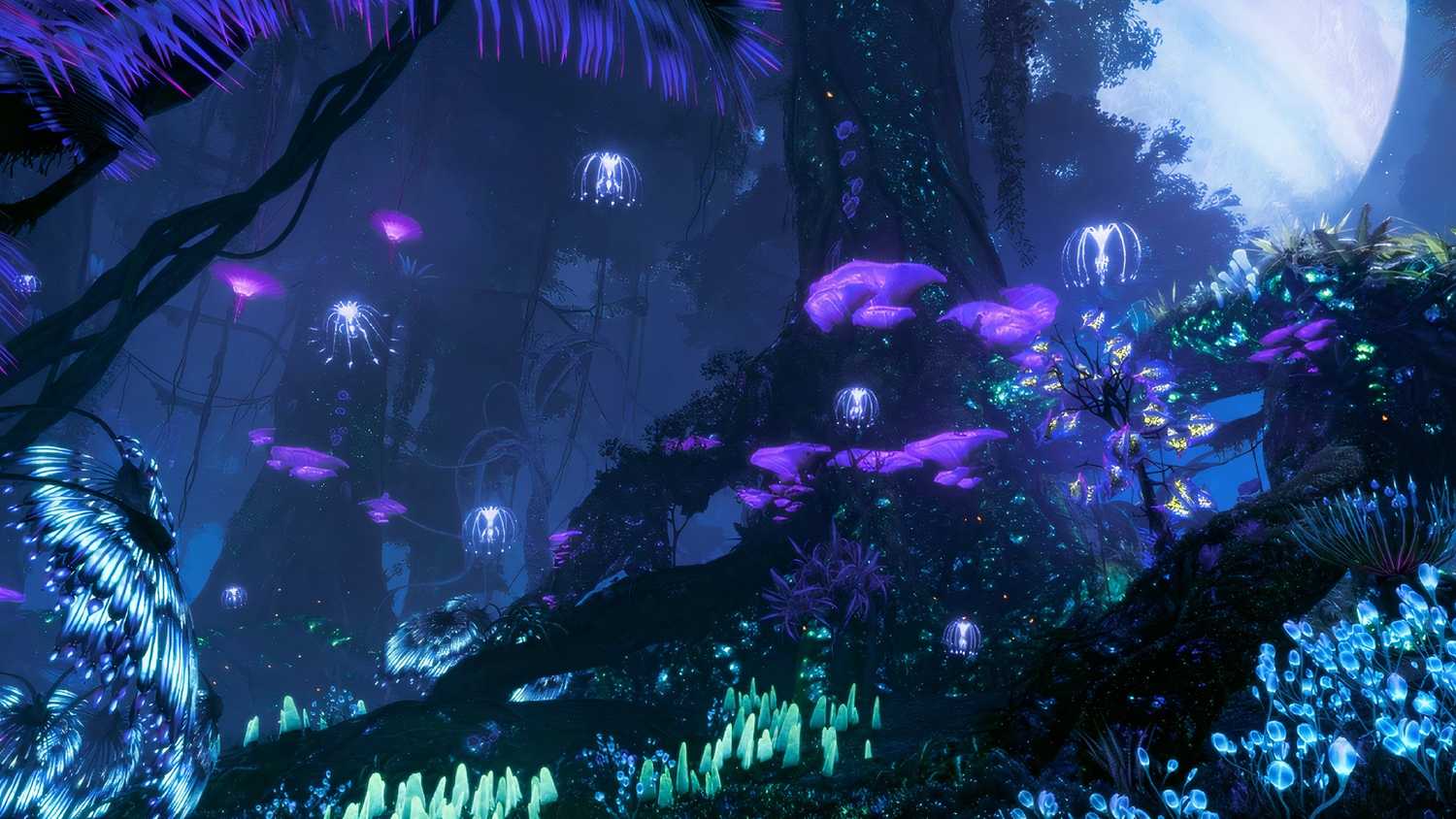Unlocking the Wilderness: The Best Open-World Games Great For Exploring On Foot
Popular Now
 God of War Ragnarök
God of War Ragnarök
 Minecraft
Minecraft
 Gacha Club
Gacha Club
 Candy Crush Saga
Candy Crush Saga
 BeamNG.drive
BeamNG.drive
 FIFA 23
FIFA 23
 PUBG Mobile
PUBG Mobile
 Counter-Strike 2
Counter-Strike 2
 League of Legends
League of Legends
 CarX Street
CarX Street
 The open-world genre has become a dominant force in modern gaming, with developers vying to create the largest, most visually stunning, and most densely-packed maps imaginable. However, a map’s size is meaningless if its traversal is a chore. The true mark of a great open-world game is a design that makes on-foot exploration not just possible, but genuinely rewarding. In a world full of fast travel and endless vehicle options, a select few games stand out for their ability to make you slow down, soak in the atmosphere, and feel the weight of every step. These are the games that understand that the journey is just as important as the destination, rewarding curiosity with stunning vistas, hidden secrets, and powerful, emergent storytelling. Here is a look at the best open-world games that are a joy to explore on foot.
The open-world genre has become a dominant force in modern gaming, with developers vying to create the largest, most visually stunning, and most densely-packed maps imaginable. However, a map’s size is meaningless if its traversal is a chore. The true mark of a great open-world game is a design that makes on-foot exploration not just possible, but genuinely rewarding. In a world full of fast travel and endless vehicle options, a select few games stand out for their ability to make you slow down, soak in the atmosphere, and feel the weight of every step. These are the games that understand that the journey is just as important as the destination, rewarding curiosity with stunning vistas, hidden secrets, and powerful, emergent storytelling. Here is a look at the best open-world games that are a joy to explore on foot.
 Red Dead Redemption 2: The Slow-Burn of the American Frontier
Red Dead Redemption 2: The Slow-Burn of the American Frontier
Rockstar Games’ Red Dead Redemption 2 is often praised for its staggering attention to detail, but its greatest achievement is arguably how it makes the simple act of walking feel so profound. The game’s world is a vast, untamed wilderness of stunning diversity, from snow-capped mountains to dusty deserts and dense swamps. While horses are a primary mode of transportation, the game’s design actively encourages players to dismount and explore. Every creek, cliff, and cave feels meticulously handcrafted. A simple walk through a forest might lead you to a hidden cabin with a tragic story, a random encounter with a stranger in need, or a rare animal to hunt. The game’s methodical pace, with animations for everything from skinning a deer to picking herbs, grounds the player in its world. There are no map icons telling you where to go next; instead, the world beckons you to discover it on your own terms. The rewarding nature of its on-foot exploration is what elevates Red Dead Redemption 2 from a good open-world game to a masterpiece.
 Death Stranding: The World is the Obstacle
Death Stranding: The World is the Obstacle
Hideo Kojima’s Death Stranding is a game that is almost exclusively about on-foot exploration. It’s a game that asks players to embrace the mundane and find beauty in the struggle of traversal. You play as Sam Porter Bridges, a delivery man in a post-apocalyptic world, and your primary goal is to reconnect a fractured America by walking across it. The game’s world is a desolate but breathtakingly beautiful landscape of rocky cliffs, snowy mountains, and treacherous rivers. The joy of the game comes from the puzzle of how to navigate this difficult terrain. Every step matters, and a misplaced foot can send you tumbling, ruining your precious cargo. As you build bridges, ladders, and roads with other players, you feel a real sense of connection and accomplishment. The world is the main antagonist, and the rewarding feeling of finally reaching your destination after a long and arduous journey is a feeling that no other game can replicate. Death Stranding is a game that forces you to slow down and appreciate the simple act of walking, and in doing so, it creates a powerful and unforgettable experience.
Elden Ring: The Reward of True Discovery
While FromSoftware’s Elden Ring provides players with a horse, Torrent, to traverse its massive world, the game’s design is a masterclass in rewarding on-foot exploration. The Lands Between is a sprawling, interconnected world that is dense with secrets. Unlike many open-world games that plaster the map with icons, Elden Ring gives you a few landmarks and then trusts you to find your own way. You can stumble upon a new dungeon, a hidden boss, a friendly NPC, or a valuable piece of lore just by wandering off the beaten path. The game’s verticality, with its hidden caves and cliffside pathways, makes every new discovery feel like a genuine reward for your curiosity. There is a palpable sense of mystery and danger in every step, as you never know what you might find around the next corner. This sense of true discovery, with the rewards of new weapons, spells, and equipment, makes Elden Ring a game where every inch of the map is worth exploring on foot.
 The Legend of Zelda: Breath of the Wild & Tears of the Kingdom: The Joy of Unrestricted Freedom
The Legend of Zelda: Breath of the Wild & Tears of the Kingdom: The Joy of Unrestricted Freedom
Nintendo’s modern Zelda games, Breath of the Wild and its sequel, Tears of the Kingdom, completely redefined open-world exploration. The games’ most powerful tool is the ability to climb anything and go anywhere from the start. You see a mountain in the distance? You can climb it. You see a hidden shrine on a floating island? You can get to it. This design philosophy creates a sense of unparalleled freedom and curiosity. The world of Hyrule is a playground filled with environmental puzzles, hidden Korok Seeds, and countless small secrets. Walking, gliding, and climbing are not just ways to get around; they are an intrinsic part of the gameplay loop. The physics-based systems and the sheer verticality of the world make every moment of on-foot exploration a new opportunity for creative problem-solving and discovery. The games don’t just ask you to explore; they give you the tools and freedom to do so in a way that is constantly surprising and delightful.
In a genre often defined by scale, these games prove that it’s the quality of the journey that matters most. By providing a rewarding, tactile, and often challenging on-foot experience, they create a deeper connection between the player and the world, turning a simple walk into an unforgettable adventure.










